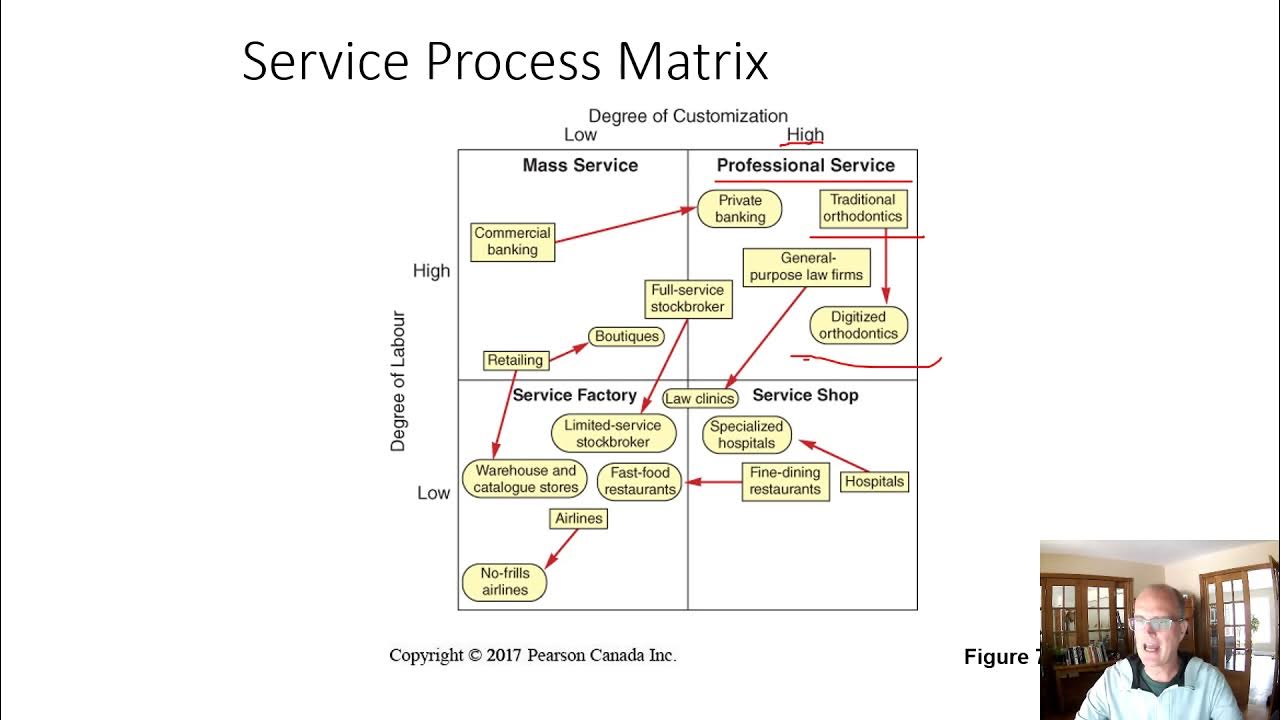Why Spinning A Higher Cadence Helps Make You A Better Cyclist
Summary
TLDRThis video explores the importance of cadence in cycling, explaining how it affects speed and efficiency. It distinguishes between high and low cadence, with high cadence (100+ rpm) aiding quick acceleration and low cadence (85 rpm and below) providing greater torque for steep climbs. The video emphasizes the need for versatility in cadence, the benefits of training for higher cadence, and how it can lead to improved performance on the road and track. Viewers are encouraged to practice and increase their cadence for better cycling performance.
Takeaways
- 🚴 Spin to win refers to the technique of spinning your legs as fast as possible for better cycling form.
- 🔧 Cadence and torque are key factors in cycling performance; increasing either can help you go faster.
- 🏞 Terrain affects the optimal cadence; steep climbs require more strength and lower cadence, while flatter roads benefit from higher cadence and aerobic effort.
- 🔢 High cadence is generally considered to be 100 revolutions per minute (RPM) and above, while low cadence is 85 RPM and below.
- 💨 Riding at a high cadence can help with quicker acceleration and easier adaptation to changes in pace.
- 🌀 Low cadence allows for greater torque but can lead to quicker fatigue, especially in group settings.
- 🛣 High cadence is beneficial in group rides, helping to hold the wheel better and spend less time in the wind, thus conserving energy for sprints.
- 📉 On steep climbs, relying on strength means using a lower cadence, but starting with an easy gear can prevent chain drops or gear smashing.
- 🏁 High cadence on flat terrains saves from muscle fatigue by utilizing the aerobic system, keeping the heart rate higher for longer efforts.
- 🔁 Training for high cadence can improve leg speed, which is crucial for track cycling and beneficial for road cycling sprints and accelerations.
- ⏱ To increase cadence, start with a comfortable tempo effort and gradually increase RPM by 5 or 10, aiming for 100-105 RPM, and include high cadence intervals for better efficiency.
Q & A
What does 'spin to win' mean in the context of cycling?
-In the context of cycling, 'spin to win' refers to the technique of spinning your legs as fast as possible to achieve a good form and potentially win races.
Why is cadence considered important in cycling?
-Cadence is important in cycling because it affects how fast you can go on the bike by influencing the balance between force and velocity, which are key to increasing speed.
What are the two factors that determine speed on a bike, according to the script?
-The two factors that determine speed on a bike are force and velocity, with the latter being referred to as cadence when in a circular motion.
How does terrain affect the cadence used by cyclists?
-Different terrains require different cadences. Steep climbs require higher torque and muscular power, leading to a lower cadence, while flatter and faster roads utilize more of the aerobic system and allow for a higher cadence.
What is the definition of high and low cadence in revolutions per minute (rpm)?
-High cadence is defined as anything from 100 rpm and above, while low cadence is anything from 85 rpm and below.
Why is it beneficial to be able to switch between low and high cadence while cycling?
-Being able to switch between low and high cadence allows cyclists to adapt to different riding conditions and paces, improving their overall versatility and performance.
How can a high cadence help during group rides?
-A high cadence in group rides helps cyclists hold the wheel better and spend less time in the wind, keeping them fresher for sprints and other high-intensity efforts.
What is the advantage of using a lower cadence on steep climbs?
-Using a lower cadence on steep climbs allows cyclists to rely more on their strength and muscular power, which is more efficient for such terrain.
How can a higher cadence benefit cyclists on flat and rolling terrain?
-A higher cadence on flat and rolling terrain helps cyclists use their aerobic system more efficiently, reducing muscle stress and fatigue.
What is the significance of leg speed in track cycling?
-Leg speed in track cycling is crucial as it allows cyclists to achieve high speeds needed for sprinting and short accelerations without the need to change gears.
How can cyclists increase their cadence during training?
-Cyclists can increase their cadence by starting at a comfortable tempo effort and gradually increasing the revolutions per minute (rpm) by 5 to 10, aiming for around 100 to 105 rpm, and incorporating high cadence intervals of 110-120 rpm for 30-45 seconds.
Outlines

Dieser Bereich ist nur für Premium-Benutzer verfügbar. Bitte führen Sie ein Upgrade durch, um auf diesen Abschnitt zuzugreifen.
Upgrade durchführenMindmap

Dieser Bereich ist nur für Premium-Benutzer verfügbar. Bitte führen Sie ein Upgrade durch, um auf diesen Abschnitt zuzugreifen.
Upgrade durchführenKeywords

Dieser Bereich ist nur für Premium-Benutzer verfügbar. Bitte führen Sie ein Upgrade durch, um auf diesen Abschnitt zuzugreifen.
Upgrade durchführenHighlights

Dieser Bereich ist nur für Premium-Benutzer verfügbar. Bitte führen Sie ein Upgrade durch, um auf diesen Abschnitt zuzugreifen.
Upgrade durchführenTranscripts

Dieser Bereich ist nur für Premium-Benutzer verfügbar. Bitte führen Sie ein Upgrade durch, um auf diesen Abschnitt zuzugreifen.
Upgrade durchführen5.0 / 5 (0 votes)






